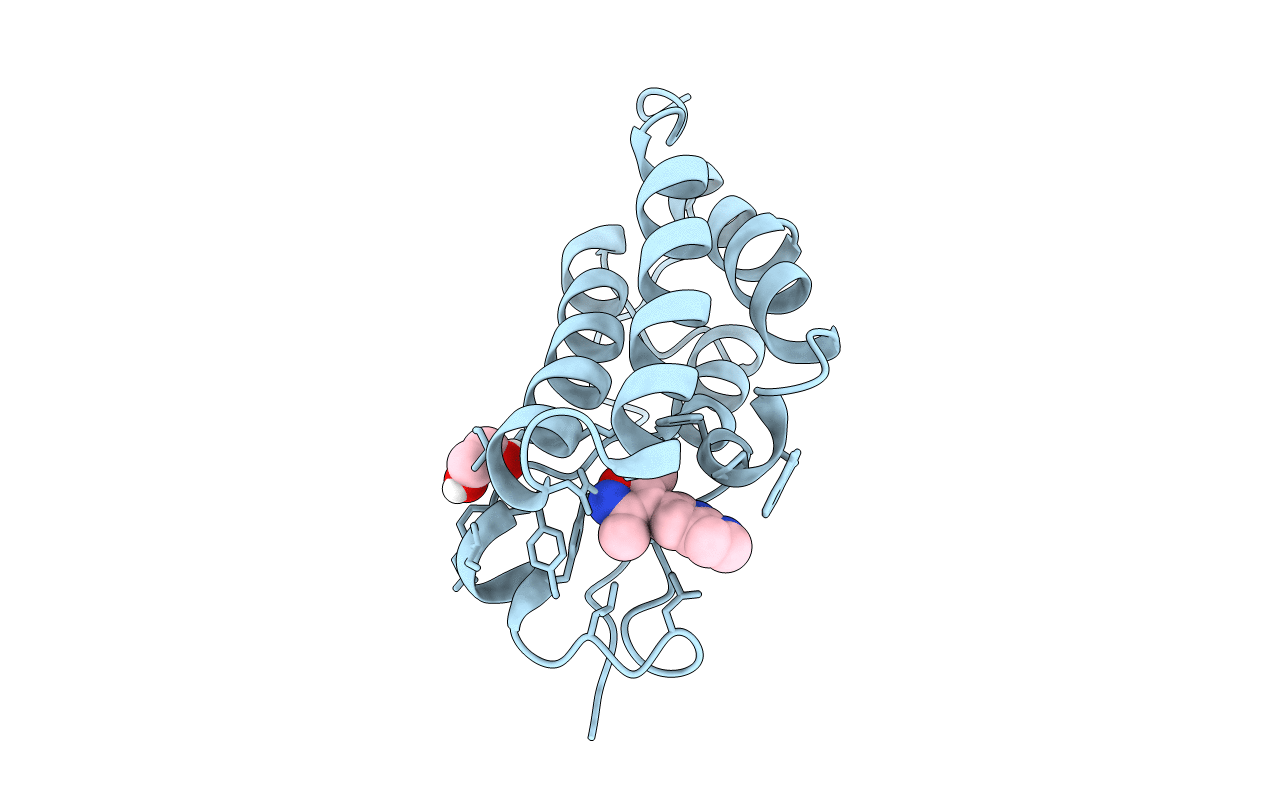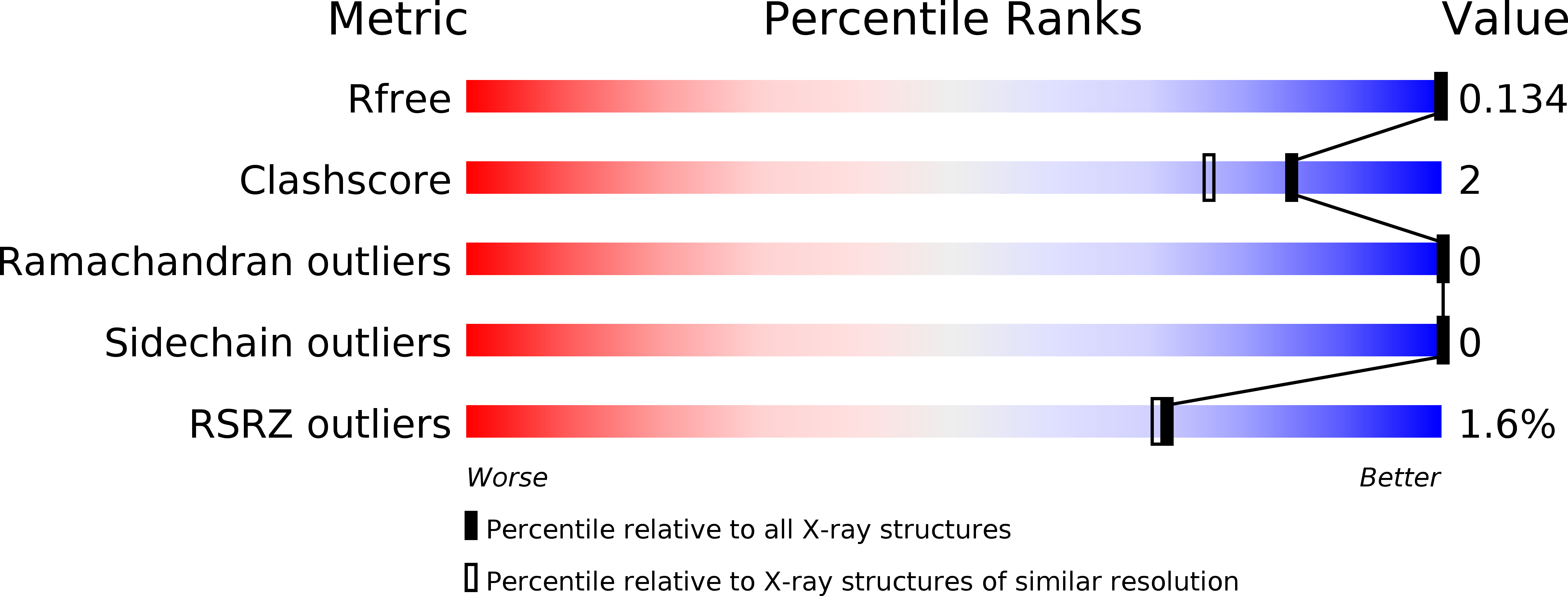
Deposition Date
2017-07-28
Release Date
2018-08-01
Last Version Date
2023-10-04
Entry Detail
PDB ID:
5WMA
Keywords:
Title:
N-terminal bromodomain of BRD4 in complex with PLX5981
Biological Source:
Source Organism:
Homo sapiens (Taxon ID: 9606)
Host Organism:
Method Details:
Experimental Method:
Resolution:
1.40 Å
R-Value Free:
0.17
R-Value Work:
0.14
R-Value Observed:
0.14
Space Group:
P 21 21 21


